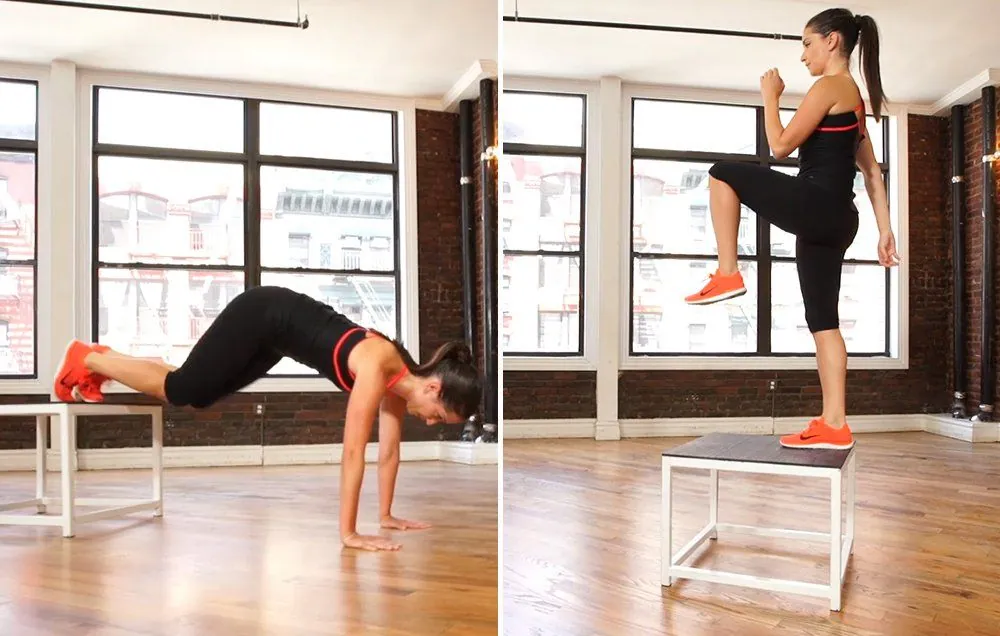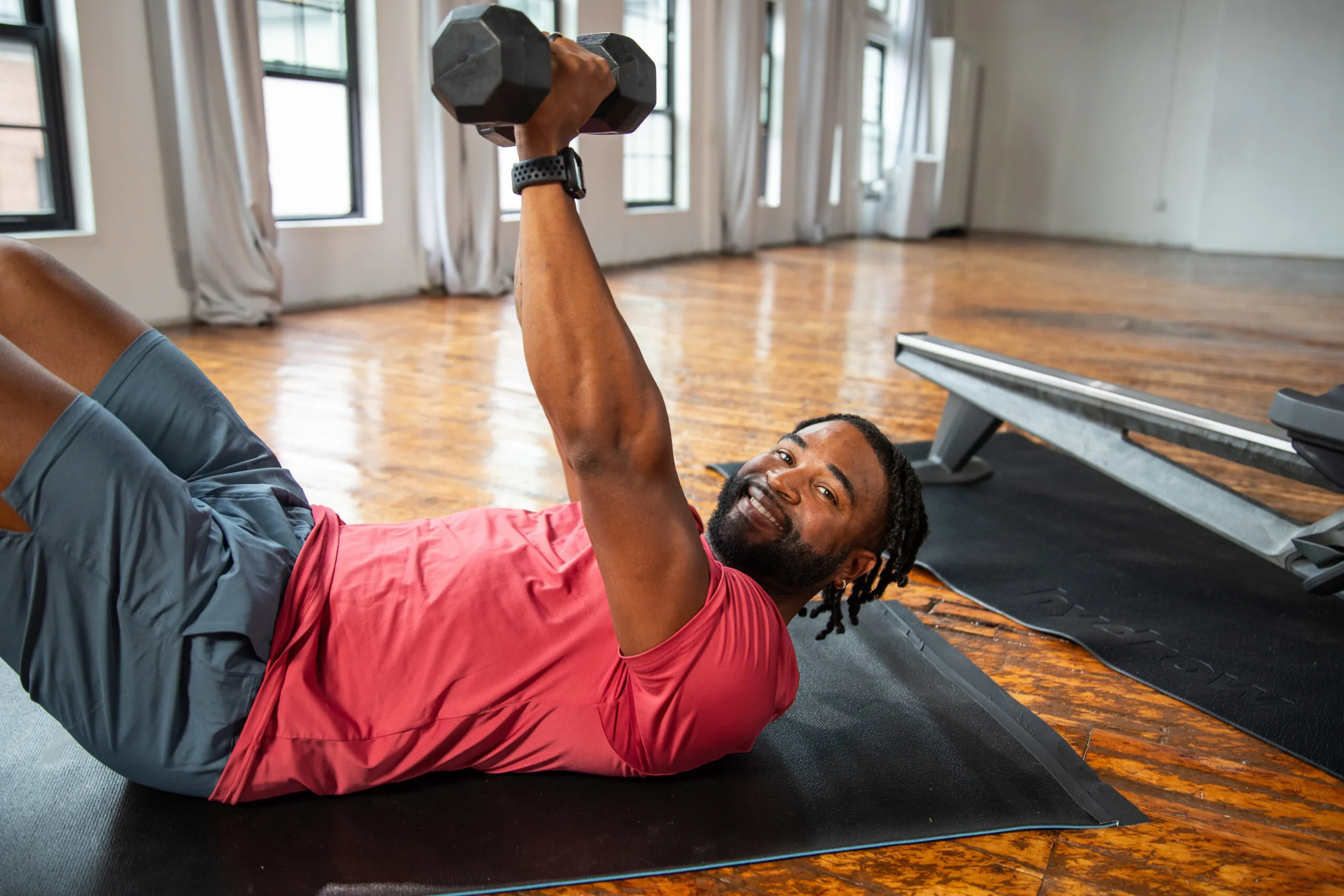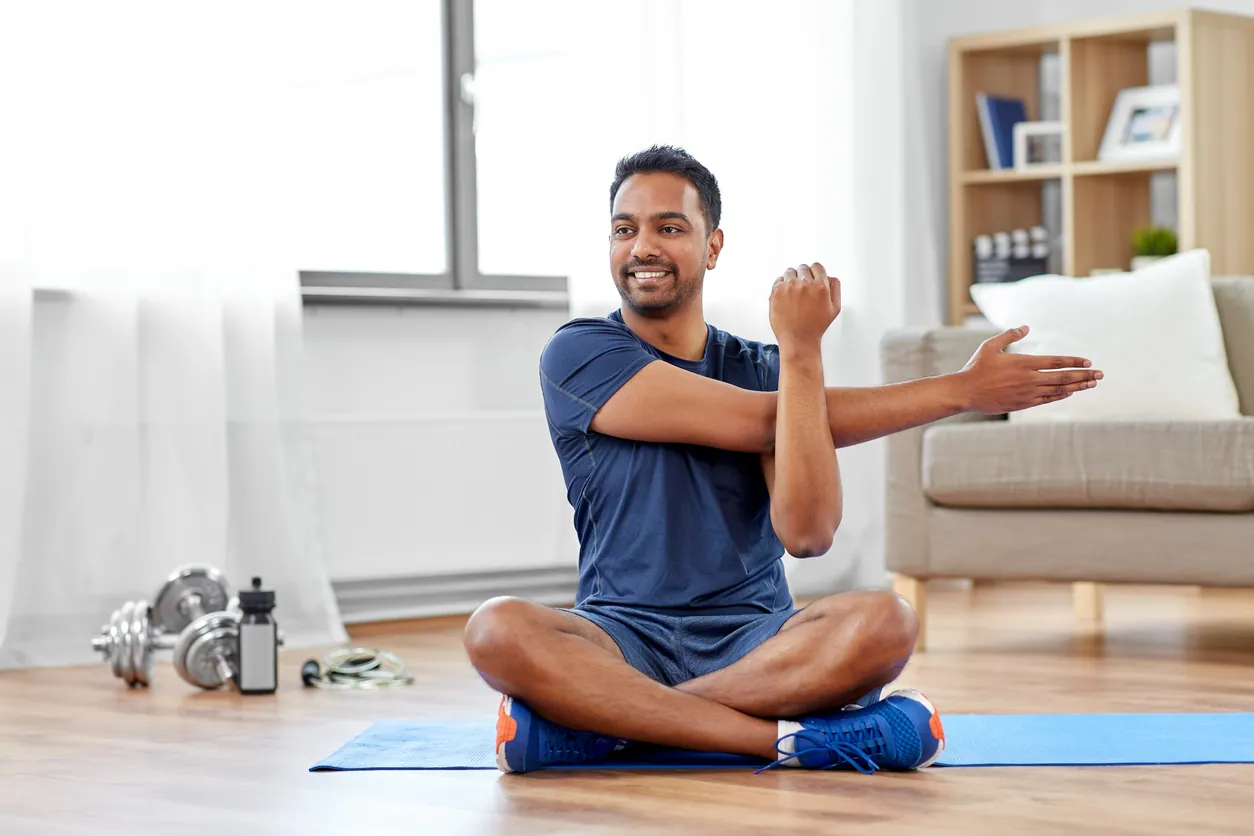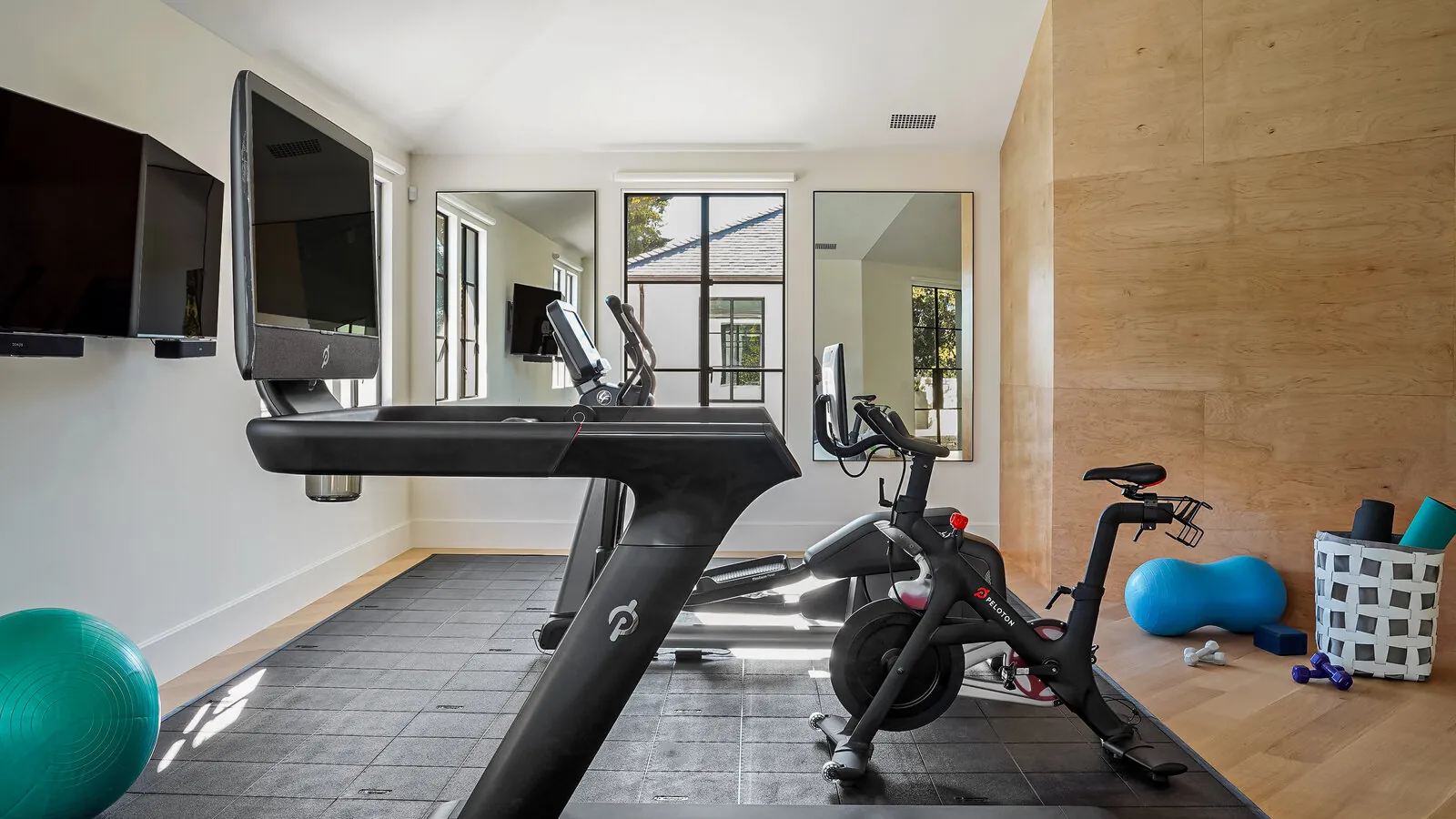If you’ve been searching for how to start working out at home for beginners, you’re already on the right path to transforming your health without the stress of a gym membership. Whether you’re pressed for time, saving money, or simply feel more comfortable in your own space, home workouts are an effective, flexible way to get stronger, lose weight, and feel better day to day. This user-friendly guide shares actionable steps, sample routines, and motivational tips tailored for total beginners—no equipment or experience required.
Why Working Out at Home Makes Sense for Beginners
- Convenience: No commute, no crowds, and you choose when and where.
- Privacy: Perfect for anyone who feels self-conscious exercising in public.
- Cost-effective: No gym fees; all you need is some floor space.
How to Start Working Out at Home for Beginners: Step-By-Step

1. Set Clear, Achievable Goals
Think about what you want to gain from your home workout routine. Is it to improve energy, build muscle, lose weight, or boost mental health? Start small and be realistic:
- “I want to exercise for 15 minutes three times a week.”
- “I’d like to do 10 push-ups without stopping.”
Write your goal down and keep it visible for daily motivation.
2. Create Your Ideal Workout Space
You don’t need much—just enough room to stretch out, a mat or towel, a water bottle, and maybe a chair. Good lighting, fresh air, and upbeat music help make your space welcoming.
3. Plan Your Weekly Routine
Begin with three to four sessions per week. Alternate between cardio, strength, and flexibility workouts to cover all bases:
| Day | Workout Type | Example Exercises |
|---|---|---|
| Monday | Cardio | March/jog in place, jumping jacks, high knees |
| Tuesday | Strength | Squats, push-ups, lunges, planks |
| Thursday | Cardio + Strength | Bodyweight circuit with brisk walking |
| Saturday | Flexibility/Mobility | Yoga, stretching, foam rolling |
Rest days are as important as active days—enjoy them without guilt!
Essential Tips on How to Start Working Out at Home for Beginners
Warm Up Before Every Session
Always spend 5-10 minutes prepping your body:
- Arm circles, hip rotations, gentle jog on the spot
- Dynamic moves like leg swings or walking lunges
Master Bodyweight Basics First
You don’t need fancy gear. Focus on controlling your movements and practicing good form with these foundation exercises:
- Squats: Great for legs and core; use a chair for support if needed.
- Push-Ups: Start on your knees or against a wall to build strength.
- Glute Bridges: Lie on your back, feet flat, and lift your hips.
- Lunges: Step forward, bend both knees, and keep your front heel down.
- Plank: Hold a push-up position from either your feet or knees while keeping your back straight.
Aim for 8–12 repetitions (reps) of each and one or two rounds. Rest for 30-60 seconds between exercises.
Cool Down and Stretch
After each workout, gently slow your breathing and stretch major muscle groups:
- Calf, quad, and hamstring stretches
- Child’s pose, chest opener, and triceps stretch
- Hold each stretch for 15–30 seconds
Stretching reduces soreness and helps with flexibility.
Sample Home Workout Routine for Total Beginners
Here’s a simple beginner workout you can do in about 20 minutes, no equipment required:
Warm-Up (5 minutes)
- March on the spot
- Arm swings and circles
- Hip rotations
Main Circuit (Repeat 2-3 times)
- 10 Bodyweight squats
- 10 Push-ups (on knees if needed)
- 10 Walking lunges (each leg)
- 15-Second plank (on elbows or hands)
- 30 Jumping jacks
Rest for 1 minute between rounds.
Cool Down (5 minutes)
- Cat-cow stretch
- Hamstring stretch
- Shoulder stretch
How to Stay Motivated: Practical Tips for Sticking With Your Home Workout

- Schedule It: Add workouts to your calendar like any important meeting.
- Track Progress: Record your sessions—reps, time, or how you felt.
- Celebrate Wins: Each small improvement counts!
- Invite a Friend or Family Member: Even virtual accountability boosts consistency.
Common Challenges and How to Overcome Them
| Challenge | Solution |
|---|---|
| Boredom | Switch routines or try a workout video |
| Lack of time | Break exercise into shorter blocks |
| No energy | Start slow—often, action creates energy |
Expanding Your Home Fitness Routine
Make Progress—When You’re Ready
As you grow more comfortable, you can:
- Increase duration or repetitions
- Add new exercises for variety
- Explore free online workout videos led by certified trainers
- Try a structured 30-day beginner plan
Balance Exercise and Healthy Habits
- Stay hydrated and aim for balanced nutrition to support your new activity.
- Aim for adequate sleep, as recovery is a crucial part of fitness growth.
The Benefits: Why Sticking With Home Workouts is Worth It
- Improved energy and mood
- Better sleep quality
- Enhanced mobility and balance
- Confidence in your ability to care for your health—no matter the setting
Advanced Progression: How Beginners Can Safely Increase Intensity at Home
Understanding Workout Progression
After you’ve established consistency, gradual progression is key to building strength and endurance. Without progression, your body adapts and progress stalls. Here are practical ways beginners can safely level up:
- Increase Frequency: Move from 3 to 4–5 workouts per week as you adapt.
- Raise Repetitions and Sets: Go from 10 to 12–15 repetitions, and from 2 to 3 rounds of each circuit.
- Reduce Rest Time: Decrease rest between exercises by 10–15 seconds to boost cardiovascular challenge.
- Introduce Variations: Swap basic squats for sumo squats, or knees-down push-ups for straight-leg push-ups.
Sample Progression Plan
| Week | Squats | Push-Ups | Plank (seconds) | Total Circuits |
|---|---|---|---|---|
| 1 | 10 x 2 | Knees, 8 x 2 | 15 | 2 |
| 2 | 12 x 2 | Knees, 10 x 2 | 20 | 2 |
| 3 | 12 x 3 | Full, 8 x 2 | 25 | 3 |
| 4 | 15 x 3 | Full, 10 x 3 | 30 | 3 |
Adjust for your comfort—progress is personal, not a race!
Special Considerations: Home Workouts for Every Body
Working Out at Home for Seniors and Those with Limited Mobility
Exercising at home is for everyone, not just the young and fit. For older adults or those with mobility challenges:
- Seated Workouts: Chair marches, seated overhead presses (with water bottles), and gentle seated twists are effective and safe.
- Balance Practice: Stand near a countertop to perform side leg lifts or gentle calf raises.
- Focus on Flexibility: Daily stretching routines improve mobility and reduce stiffness.
Always consult a healthcare provider before starting a new routine if you have pre-existing health conditions.
Adapting Home Workouts for Pregnancy
Staying active during pregnancy has well-documented benefits. Key tips:
- Stick to moderate-intensity moves like walking in place, gentle bodyweight squats, and pregnancy-safe yoga.
- Avoid exercises that involve lying on your back after the first trimester, high impact moves, or stretches beyond your normal range.
Listen closely to your body and stop if you experience pain, dizziness, or discomfort.
Preventing Common Injuries When Working Out at Home

Form First: Your Injury Shield
One of the biggest risks for home workout beginners is poor form due to lack of supervision. Here’s how to stay safe:
- Use Mirrors: If possible, position a full-length mirror to monitor your knee alignment in squats or your back position during planks.
- Follow Trusted Video Tutorials: Choose routines led by certified trainers who provide clear, step-by-step modifications.
- Don’t Rush Progress: If you can’t perform an exercise without pain, try an easier variation or decrease intensity.
Recognizing Early Warning Signs
Never “push through” sharp pain, swelling, or any joint discomfort. Learn the difference between healthy muscle fatigue and actual injury risk:
- Soreness/tightness: Normal after new activity, peaks 24–48 hours post-workout
- Sudden joint pain, swelling, numbness: STOP, modify, or contact a professional before continuing
The Psychology of Sticking With Home Fitness

Building Motivation and Overcoming Mental Barriers
The hardest part for most beginners isn’t the exercise—it’s starting and keeping the habit. Understanding motivation science can help:
- Make Workouts Enjoyable: Pair exercise with your favorite playlists, podcasts, or by rewarding yourself with a healthy treat afterward.
- Habit Stacking: Attach your workout to an existing routine (like right after making morning coffee) so it becomes automatic.
- Use Visual Cues: Lay out your workout clothes the night before; seeing them is a powerful reminder.
Tracking, Reflection, and Growth
Consider journaling your progress beyond physical achievements:
- How did you feel mentally before versus after your workout?
- Did you sleep better, feel more productive, or less stressed?
This highlights improvements that the scale never captures.
Creating a Personalized Home Gym—On Any Budget

Starter Equipment for Beginners
You don’t need a lot, but simple tools can increase variety and fun:
- Resistance Bands: Lightweight, affordable, and take up no space—perfect for adding challenge or assisting with pull-ups.
- Light Dumbbells or Water Bottles: For biceps curls, shoulder presses, or weighted squats.
- Yoga Mat: Essential for comfort on hard surfaces during stretches, yoga, or high plank exercises.
- Jump Rope: Compact and great for cardiovascular training.
Making the Most of Your Environment
Get creative if you’re on a zero-budget plan:
- Use stairs for step-ups
- Full water jugs or bags of rice as weights
- Towels for “sliders” on hard floors to strengthen legs and core
Long-Term Success: Turning a Workout Into a Lifestyle
Setting Up for Consistency
- Establish a Routine: Workout at the same time most days to create a reliable schedule.
- Refresh Your Routine Regularly: Introduce new challenges or switch up your sequence every few weeks to prevent burnout and plateaus.
- Celebrate Milestones: Reward yourself when you hit your consistency or strength goals—share your wins with friends, or buy new workout gear.
When and How to Upgrade
Over time, as you grow fitter:
- Expand your workouts in length or intensity, or try workouts targeting new skills (agility, plyometrics, dance).
- Consider joining local classes or outdoor groups if you crave social motivation.
Remember, fitness is a lifelong journey—not a short-term fix.
Example Weekly Calendar: Level-Up Edition
Here’s a sample week for those ready to progress, blending new movement types:
| Day | Activity |
|---|---|
| Monday | Full-body strength (bands/dumbbells focus) |
| Tuesday | Low-impact cardio (dance/walk/jump rope) |
| Wednesday | Yoga or stretching |
| Thursday | Circuit training (core & total body) |
| Friday | Cardio intervals (jogging, shadowboxing) |
| Saturday | Bodyweight balance and mobility |
| Sunday | Rest or gentle walk |
Mix and match to fit your schedule and interest!
Frequently Asked Questions: How to Start Working Out at Home for Beginners

Do I need any equipment to begin?
No! Your bodyweight is enough for excellent full-body results. As you get stronger, you might add resistance bands or light dumbbells.
Can I do these workouts if I’m overweight or have joint pain?
Absolutely. Modify exercises (try wall push-ups or seated squats), move at your own pace, and stop if you experience pain, not just discomfort.
How do I avoid injury?
Prioritize good form over speed or reps. Warm up before and stretch after every session. Listen to your body and rest when needed.
Conclusion
Understanding how to start working out at home for beginners empowers you to take charge of your health, build confidence, and unlock lasting results—starting right where you are and without special equipment. Remember: Begin at your own pace, master the basics, be patient with yourself, and celebrate every victory along the way. Your fitness journey isn’t about perfection; it’s about progress and showing up for yourself, one day at a time.